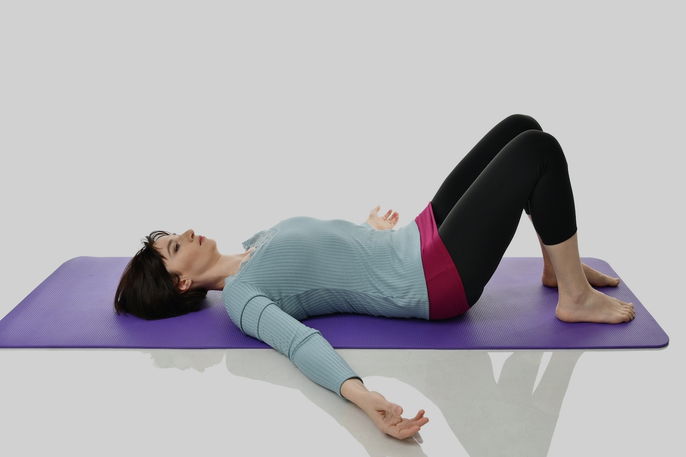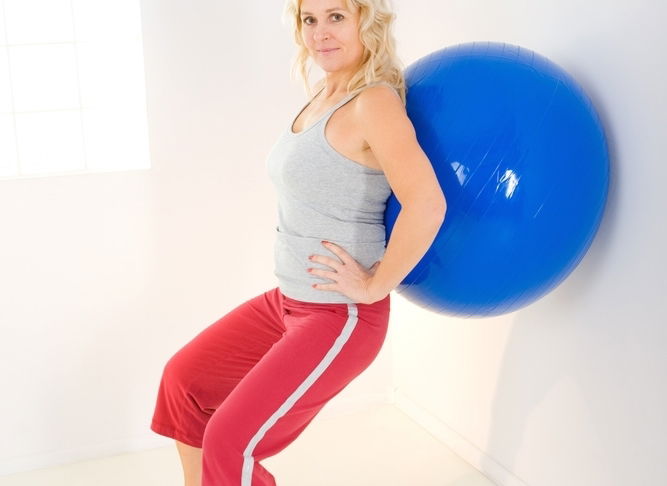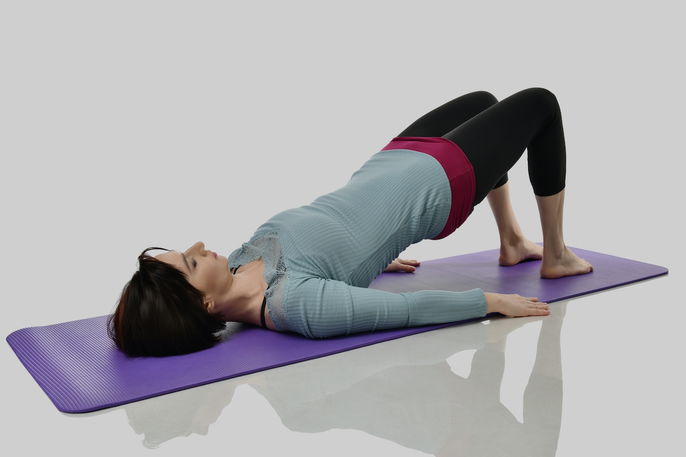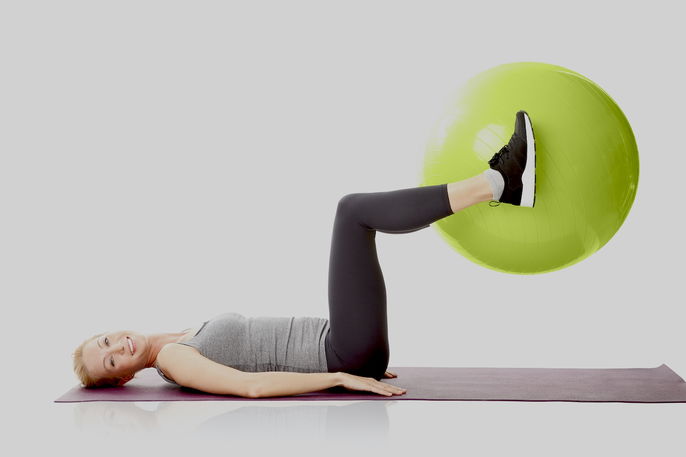Postpartum workouts can help to strengthen the core and pelvic floor, improve posture, relieve stress, prevent postpartum depression, improve sleep quality, boost mood and help you lose weight.
Postpartum workouts can generally be started 15 days after a vaginal birth or 6 to 8 weeks after a C-section, as long as your OBGYN has approved physical activity. It is important to consult your OBGYN about specific exercises and working out so that you do not interfere with your recovery.
These postpartum exercises can be done at home and do not require too much energy, which means they should interfere with breastmilk production. However, if you experience any vaginal bleeding or pain and discomfort when performing these workouts, discontinue these exercises immediately and see your doctor for further assessment.
Pelvic floor exercises
Some pelvic floor exercises that can be done include:
1. Basic perineum contraction exercise

A basic perineum contraction exercise can be done immediately after giving birth to help strengthen the pelvic floor and combat urinary incontinence.
How to perform: Lie on your back and bend your legs. Contract your perineum for 5 to 10 seconds as if you were holding in urine. At the same time, contract your anus as if you were trapping your stool, then relax. Do 10 sets of 10 contractions, completed throughout the day.
2. Advanced perineum contraction exercise

An advanced perineum contraction exercise works the pelvic floor muscles and also helps in strengthening the abdomen. This exercise is done with the help of a yoga ball.
How to perform: Stand in front of a wall, and place a yoga ball between the wall and your back. With your feet shoulder-width apart, contract your pelvic floor and abdomen. Bend your knees and lower to the ground as if you were sitting on an invisible chair. Be sure to keep the ball in contact with your lower back, so that your lower spine curves naturally around the yoga ball. Hold this position for 5 seconds and the return to the starting position. Repeat the exercise 3 times.
3. Kegel exercises
Kegel exercises are a great way to strengthen the pelvic floor muscles. They can be done to treat urinary incontinence and improving the quality of sex.
Core exercises
Once approved by your OBGYN, you can start to incorporate core exercises into your postpartum workout 2 to 3 times a week. They can be done in 3 sets of 10 to 20 repetitions for each exercises.
1. Glute bridges

A glute bridge is an exercise that helps to strengthen the abdomen, glutes and thighs, as well as helping to stabilize the pelvic floor.
How to perform: Lie on your back with your arms at your side. Bend your knees and with your feet flat on the floor. Contract your pelvis, abdomen and glutes and raise your hips off the floor with your. Hold this position for 10 seconds, lower your hips to the starting position, and repeat.
2. Yoga ball leg raises

Leg raises are a great way to strengthen the core and can be done with the help of a yoga ball.
How to perform: Lie on your back with your arms at your side. Place a yoga ball between your ankles. Raise your legs with the ball between them, bending at the knees, then slowly lower to the starting position. Relax and repeat the movement 10 to 15 times.
3. Plank

A plank is an exercise that helps to strengthen your core, improve posture, boost metabolism, and assist with overall body balance.
How to perform: Lie on your stomach and then raise your body from the floor, supporting your weight on your forearms and toes. Keep your abdomen contracted and your head and neck aligned with your spine. Hold this position for 30 to 60 seconds. To make this exercise easier, you can also support your weight from your forearms and knees, instead of your forearm and toes.
4. Hypopressive exercises
Hypopressive exercises are great for incorporating into a postpartum workout to tone your abs, strengthening the pelvic floor, combating urinary incontinence and improving local blood flow, which can improve sexual performance.
Read more about the hypopressive exercises that you can perform and how to do them.
Other considerations
Some precautions that should be taken when performing a postpartum workout are:
- Staying hydrated to avoid dehydration prevent any harm to milk production
- Starting activities slowly and gradually, and slowly increasing the intensity over time
- Respecting the body's limits to prevent injuries or compromise postpartum recovery
- Wearing comfortable clothing and a supportive bra if you are breastfeeding to prevent discomfort during physical activity.
Furthermore, if you experience abdominal pain, vaginal bleeding or sudden discomfort in the pelvic area, you should stop physical activity immediately and notify your doctor.






























